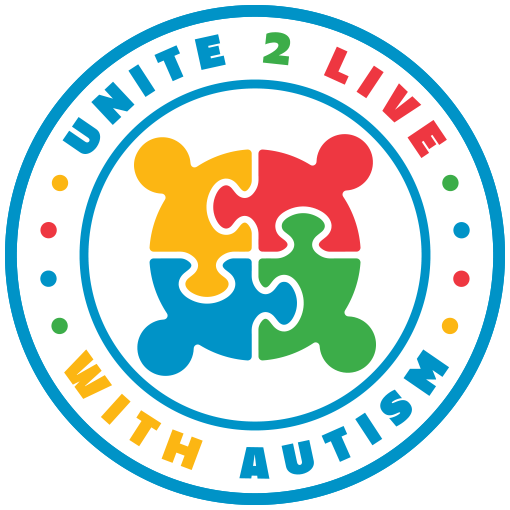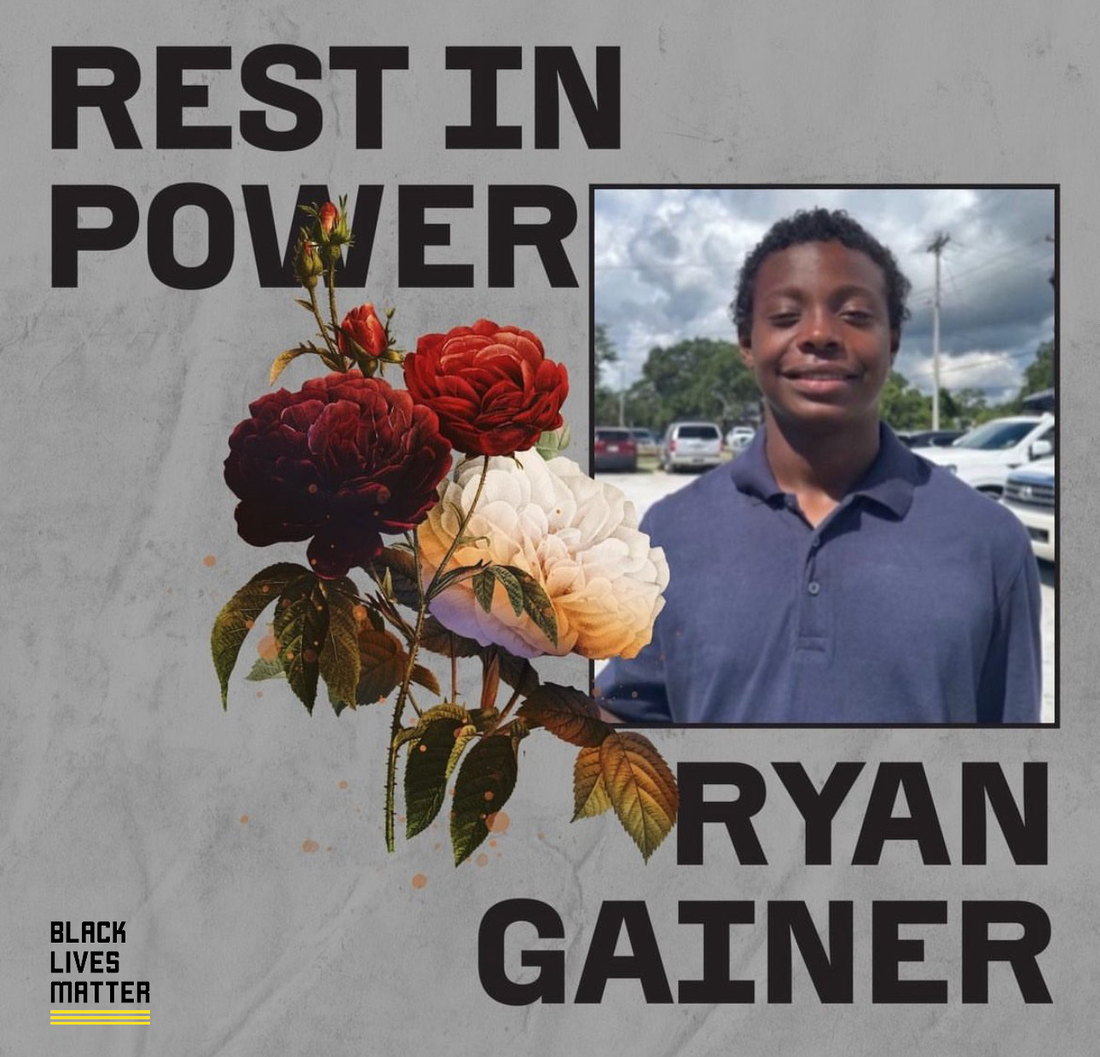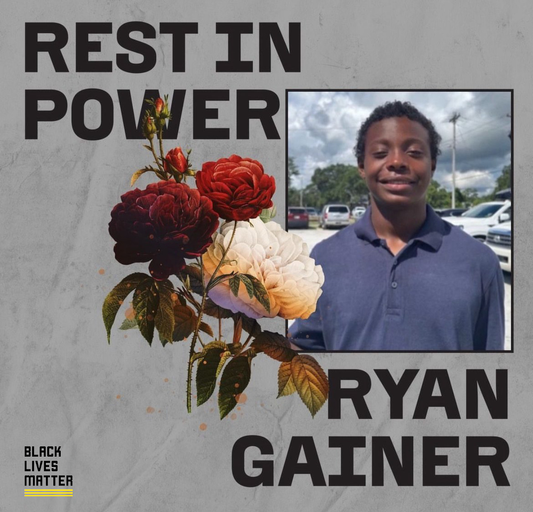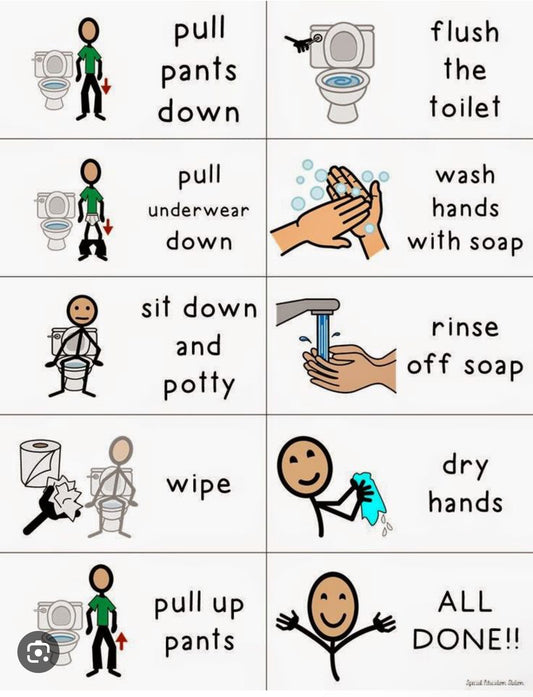This Blog is dedicated to Ryan Ganier, and so many other children/adults living with ASD who have lost their lives due to the lack of awareness by Law Enforcement. Below is a snippet of a horrific shooting that happened in San Bernardino County.
A 15-year-old autistic California boy was shot by officer gunfire and died after he charged at a deputy with a sharp gardening tool over the weekend, authorities said.
The incident stemmed from a 911 call shortly before 5 p.m. Saturday regarding the teen, who was "actively assaulting family members" and damaging property at a residence in the 13400 block of Iroquois Road in Apple Valley, the San Bernardino County Sheriff’s Department said in a news release.
The Apple Valley police department responded. Authorities have not named the deputies involved.
At 4:54 p.m., when a sheriff’s deputy arrived, he was “confronted” by Ryan Gainer, 15, who was armed with a 5-foot-long garden tool with a sharp bladed end, the sheriff's department said.
Gainer raised the bladed end of the tool and charged toward the deputy “without provocation,” authorities alleged. When the deputy retreated, Gainer chased him with the tool, they claimed.
Authorities said “a lethal force encounter occurred” and Gainer was hit by gunfire.
In today's world, it's crucial to foster understanding and awareness between different communities, especially when it comes to interactions with law enforcement. For children with autism, these interactions can be particularly challenging due to communication differences and sensory sensitivities. However, with increased awareness and education, both children with autism and law enforcement officers can navigate these encounters with greater understanding and empathy.
Understanding Autism:
Autism Spectrum Disorder (ASD) is a developmental disorder characterized by challenges with social interaction, communication, and repetitive behaviors. Each individual with autism is unique, with their own strengths and difficulties. One common trait among children with autism is difficulty in understanding social cues and non-verbal communication, which can lead to misunderstandings in various social situations.
Challenges in Police Interactions:
Encounters with law enforcement can be overwhelming for anyone, but for children with autism, they can be especially daunting. Loud sirens, flashing lights, and unpredictable situations can trigger sensory overload, leading to meltdowns or shutdowns. Moreover, children with autism may not respond to verbal commands in the same way neurotypical children do, which could be misconstrued as non-compliance or defiance.
Importance of Awareness:
Raising awareness about autism within law enforcement agencies is vital to ensure that officers are equipped with the knowledge and skills necessary to interact effectively with individuals on the spectrum. Similarly, educating children with autism about how to interact with police officers can help alleviate anxiety and promote positive outcomes in potentially stressful situations.
Tips for Law Enforcement:
- Training: Providing specialized training to law enforcement officers on autism awareness, including recognizing signs of autism and de-escalation techniques, can significantly improve interactions with individuals on the spectrum.
- Communication: Use clear, concise language and avoid using idiomatic expressions or sarcasm, as individuals with autism may have difficulty understanding these forms of communication.
- Patience and Empathy: Approach interactions with patience and empathy, understanding that behaviors associated with autism may not be intentional.
- Visual Supports: Utilize visual supports such as written instructions or picture cards to aid communication and comprehension during encounters.
Tips for Children with Autism:
- Stay Calm: If approached by a police officer, try to remain calm and follow their instructions to the best of your ability.
- Use Visual Aids: Carry a card or bracelet indicating that you have autism and may require additional support or accommodation.
- Seek Help if Needed: If you feel overwhelmed or anxious, don't hesitate to ask for help or communicate your needs to the officer.
Conclusion:
By fostering awareness and understanding between children with autism and law enforcement, we can create safer and more inclusive communities for everyone. Through education, training, and empathy, we can bridge the gap and ensure that interactions between individuals on the autism spectrum and police officers are respectful, supportive, and successful. Together, let's unite to live with autism and promote acceptance and understanding in every aspect of society.




